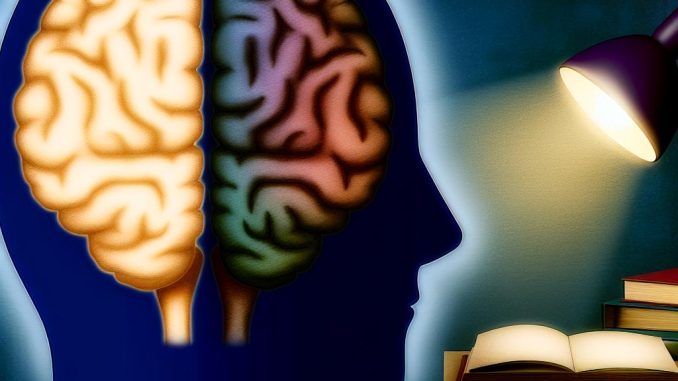
Introduction to Brain Utilization
The human brain, a marvel of nature, is often misunderstood. Over the years, the assertion that humans employ only a tiny portion of their brain has gained traction, even though it holds little water in scientific circles. Thanks to modern neuroscience, it’s clear that our brains are far more active and utilized than the prevailing myths suggest. This exploration delves into the intricacies of brain usage, dispelling myths and unraveling the truth laid bare by science.
The Myth of Limited Brain Usage
The persistent myth that people utilize merely 10% of their brain is a fascinating example of how misinformation can captivate the public imagination. This enduring idea may have roots in early neurological studies, where scientists uncovered that only a small percentage of neurons were actively firing at any time. Misinterpretations of these findings likely led to the conclusion that the majority of the brain lay dormant. However, these findings were preliminary observations, not reflections of the brain’s overall capacity or usage.
Today, this notion is quite outdated, yet it remains a staple of popular culture. Films, books, and other forms of media have perpetuated the idea of unlocking latent potential, fostering a belief in limitless cognitive enhancement. However, this fantastical notion does not align with scientific consensus. Instead, those neurons not firing are merely at rest, ready to spring into action as circumstances demand.
Brain Activity in Action
Contemporary neuroscience leverages advanced technology to paint a more accurate picture of how the brain functions. Dramatic strides in neuroimaging have empowered researchers to observe the brain in vivid detail. Techniques such as functional magnetic resonance imaging (fMRI) and positron emission tomography (PET) scans offer insights into brain activity that were previously inaccessible.
These scans demonstrate that even tasks considered mundane activate multiple brain regions. For instance, when a person is engaged in speaking, listening, or reading, distinct areas coordinate to process language and meaning. Visual or auditory stimuli further employ specific parts of the brain dedicated to processing information, illustrating that activity is widespread and varied. Furthermore, brain areas assigned to essential functions, such as regulation of heart rate and breathing, continuously operate, underscoring the brain’s comprehensive utilization.
The Role of Neuroplasticity
A remarkable attribute of the brain is its neuroplasticity. This capacity for adaptation allows for the formation and reformation of neural connections in response to learning and experience. Far from being static, the brain is dynamic, evolving across a person’s lifespan, and responding to the demands placed upon it.
Neuroplasticity enables skill acquisition by orchestrating structural changes in the brain. For example, acquiring musical abilities can lead to enhanced connections in regions responsible for auditory processing and motor coordination. Similarly, professional athletes develop fine-tuned motor skills through repeated practice, reflected in changes in the brain’s motor cortex. Such phenomena suggest that the brain’s potential is not a static reservoir to tap into but a continuously evolving aptitude.
Understanding Brain Efficiency
The efficiency of the human brain may explain why some mistakenly perceive an unused remainder. Despite encompassing only about 2% of body weight, the brain accounts for approximately 20% of total energy consumption. To conserve resources, it intelligently optimizes its operations, activating cerebral regions as needed.
This optimization can be likened to a well-monitored thermostat in a large building where sections are activated based on occupancy and demand. Energetically expensive processes are minimized, leading to the selective engagement of regions. This behavior underscores the brain’s brilliance in energy management, setting a precedence for sustainable function. Notably, this does not support the premise that vast portions lie dormant or await awakening.
Modern neuroscience continues to unravel the layers of complexity defining brain functions. The very notion that our brain holds untapped reserves ripe for exploitation reduces the importance of appreciating ongoing brain activities. Rather than focusing on mythical untapped potential, we should recognize how effectively our brains are wired to navigate the demands of the world.
For more in-depth exploration of brain function and neuroplasticity, resources like the National Institute of Mental Health and peer-reviewed studies in neuroscience literature offer reliable and insightful perspectives.
The journey into understanding brain utilization underscores a crucial truth—recognition and appreciation of the brain’s intricate, dynamic operations lead to greater acknowledgment of the profound capacity our brains naturally wield. It’s not about elusive, untapped potential; it’s about recognizing the extraordinary ways in which our brains already serve us, every moment of every day.
